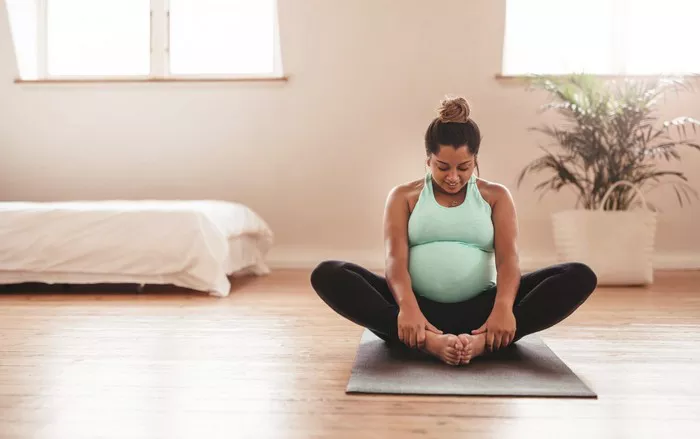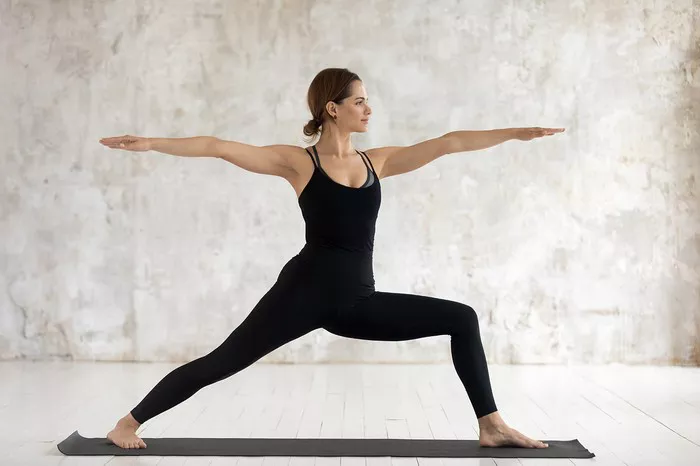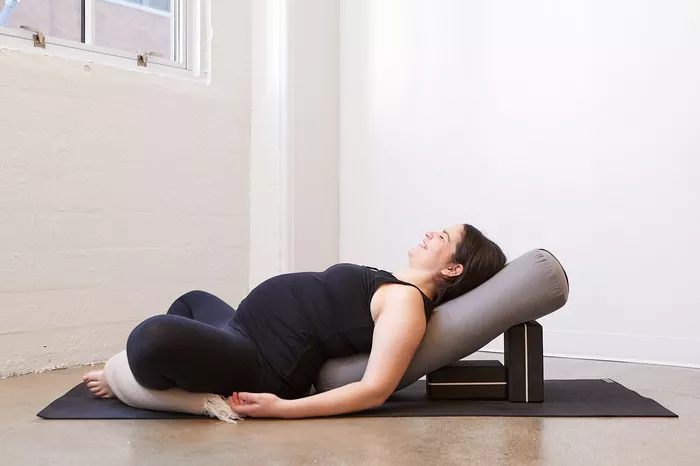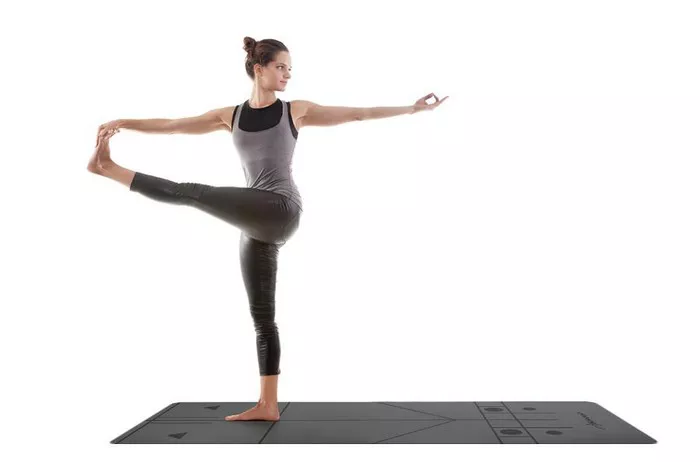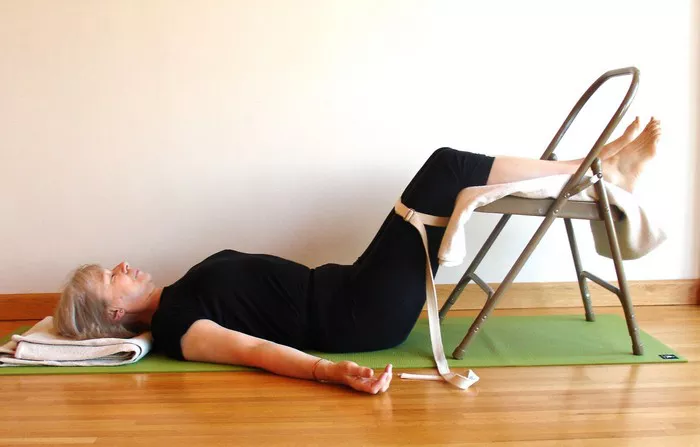Aerial yoga, also known as anti-gravity yoga or suspension yoga, is an innovative style that combines traditional yoga poses with the use of a hammock or fabric sling suspended from the ceiling. The hammock supports your body, allowing you to deepen stretches, enhance alignment, and explore new ways to challenge your muscles. It provides a playful and unique approach to yoga that can boost flexibility, strength, and overall well-being.
However, like any form of exercise, determining how often to practice aerial yoga can be tricky, especially if you’re new to it or trying to figure out the right balance. Too much practice can lead to overexertion or injury, while too little can hinder progress. The frequency of your aerial yoga practice depends on various factors, including your fitness level, experience, goals, and how your body responds to the practice.
In this article, we’ll explore the key considerations when determining how often you should do aerial yoga and offer guidelines to help you find the right balance. Whether you’re a seasoned yogi or a beginner, understanding the optimal frequency for your aerial yoga practice can enhance your results and help you maintain a safe and effective routine.
Understanding the Benefits of Aerial Yoga
Before diving into the frequency of practice, it’s important to understand the benefits that aerial yoga can offer. Aerial yoga differs from traditional yoga by incorporating gravity-defying poses, providing a unique blend of physical and mental benefits.
Physical Benefits:
- Enhanced Flexibility: The hammock supports your body weight, which allows you to stretch deeper and with more ease. This can help you increase your range of motion over time and improve flexibility, especially in the hips, spine, and shoulders.
- Improved Strength: Aerial yoga demands strength in both the core and the upper body to control and stabilize poses. It helps to build muscular endurance, strength, and coordination, particularly in the arms, shoulders, and abdomen.
- Better Posture and Alignment: Using the hammock in aerial yoga helps you find proper alignment and engage muscles that are often neglected in traditional yoga. It encourages better posture by opening up the chest and aligning the spine.
- Decompression of the Spine: One of the key features of aerial yoga is the inversion poses, which allow for spinal decompression. This can alleviate pressure on the discs and joints, reduce back pain, and improve circulation.
- Mental Clarity and Relaxation: Like traditional yoga, aerial yoga can also help reduce stress and promote mental relaxation. The practice encourages mindfulness, focusing on breath and movement to help you let go of distractions.
Mental and Emotional Benefits:
- Increased Confidence: As you master more complex aerial poses, your confidence grows. Overcoming the challenges posed by the hammock gives you a sense of accomplishment and encourages self-trust.
- Boost in Mood: Physical activity like aerial yoga stimulates the production of endorphins, which are hormones that improve mood and reduce stress. It’s not uncommon to experience a feeling of euphoria after an aerial yoga session.
- Calming Effect: The gentle swinging motions in aerial yoga can have a soothing effect on the nervous system. The practice can help balance emotions and provide relief from anxiety and mental tension.
Factors That Influence Frequency
The question of how often to practice aerial yoga depends on several factors. By evaluating your unique circumstances and needs, you can tailor your practice to maximize its benefits while avoiding overexertion.
Your Experience Level
- Beginners: If you’re new to aerial yoga, it’s important to start slowly and allow your body time to adapt. Beginners may find the aerial hammock a bit challenging at first, so practicing one or two times per week is a good starting point. This allows you to build strength, improve flexibility, and learn the fundamentals without overwhelming your body.
- Intermediate Practitioners: If you’ve been practicing aerial yoga for several months, your body will likely be more accustomed to the movement and the demands of the hammock. At this stage, practicing 2-3 times per week can help you progress further and develop more advanced techniques.
- Advanced Practitioners: Advanced practitioners may practice aerial yoga more frequently, potentially 3-4 times per week, to refine their technique, explore more complex poses, and deepen their practice. However, even at an advanced level, it’s essential to incorporate rest days to avoid overtraining and allow your muscles to recover.
Your Fitness Goals
The frequency of your aerial yoga practice will also depend on your personal fitness goals. Are you aiming to increase flexibility, build strength, or simply improve your overall well-being? Different goals may require different levels of commitment.
- Flexibility Goals: If improving flexibility is your primary goal, practicing aerial yoga 2-3 times a week can provide the consistent stretching needed to make progress. Flexibility improvement tends to happen more slowly, so regular practice is necessary.
- Strength and Muscle Building: If you’re focused on building strength and endurance, practicing 2-4 times a week is recommended. Keep in mind that strength-building requires regular muscle engagement and recovery time.
- Overall Wellness: For general health and stress relief, 1-2 sessions per week may be sufficient. This frequency allows you to experience the benefits of aerial yoga without placing too much strain on your body.
Your Body’s Response
Everyone’s body responds differently to exercise. Some people recover quickly, while others may need more time. Listen to your body and take note of how it feels after each session. If you’re feeling sore or fatigued, it may be a sign that you need to scale back your practice and allow your muscles to recover. On the other hand, if you’re feeling energized and strong, it may be a sign that you can increase the frequency of your sessions.
It’s also important to consider your overall activity level. If you’re also engaging in other forms of exercise such as running, cycling, or weightlifting, your body may require more recovery time between aerial yoga sessions.
Rest and Recovery
Rest and recovery are just as important as the practice itself. Overtraining can lead to injury and hinder your progress. Make sure to incorporate rest days into your routine. Typically, giving yourself at least one or two full rest days a week can help your muscles recover and prevent burnout.
During rest days, consider engaging in light activities such as walking, stretching, or yoga nidra (a deeply restorative practice) to promote recovery and maintain flexibility.
Finding the Right Balance
When it comes to finding the right frequency for your aerial yoga practice, it’s important to keep a few things in mind:
Quality Over Quantity
It’s not always about how often you practice, but how effectively you practice. Focus on the quality of your sessions, rather than pushing yourself to practice frequently. Ensure that each session is purposeful, whether you’re working on strength, flexibility, or mindfulness. Practicing consistently with intention is more beneficial than practicing often without a clear goal.
Gradual Progression
Start slow and gradually increase the frequency of your practice as your body adapts. If you’re unsure, start with one or two sessions per week and see how your body responds. If you’re feeling strong and ready to do more, you can increase the frequency over time. This gradual progression helps avoid burnout and injury while allowing you to build a solid foundation.
Incorporate Other Practices
Aerial yoga is a fantastic addition to your fitness routine, but it doesn’t have to be your sole focus. Consider complementing aerial yoga with other forms of exercise, such as traditional yoga, strength training, or cardiovascular exercise, to build a well-rounded fitness routine. Cross-training can help prevent imbalances in the body and ensure you’re working all muscle groups.
Recommended Frequency for Different Levels
Here’s a general guide to how often you should practice aerial yoga based on your experience level and fitness goals:
- Beginners (1-2 times per week): If you’re new to aerial yoga, practicing once or twice a week is a great way to familiarize yourself with the hammock and the various poses. Focus on building strength, improving flexibility, and developing basic skills.
- Intermediate Practitioners (2-3 times per week): As you gain more experience, you can increase your practice frequency to 2-3 times per week. This allows you to progress in your practice, explore more challenging poses, and build greater strength and flexibility.
- Advanced Practitioners (3-4 times per week): Advanced practitioners who have built a strong foundation can practice 3-4 times a week. This frequency allows for more complex poses, in-depth exploration, and further progression. Be mindful of rest days to avoid overtraining.
- Rest and Recovery: Make sure to incorporate 1-2 rest days per week to give your body time to recover and rebuild. Recovery is essential for muscle growth and injury prevention.
Conclusion
In conclusion, the frequency of your aerial yoga practice will depend on several factors, including your experience level, fitness goals, and how your body responds to the practice. For most people, practicing 1-3 times per week is ideal for gaining the full benefits of aerial yoga while avoiding overexertion and injury. Remember to listen to your body, prioritize recovery, and gradually increase the frequency of your practice as your body becomes stronger and more adaptable.
Aerial yoga is a fun, challenging, and rewarding practice that can enhance your flexibility, strength, posture, and mental well-being. Whether you practice once a week or several times, the most important thing is to enjoy the journey and stay consistent with your practice.
Related Topics




